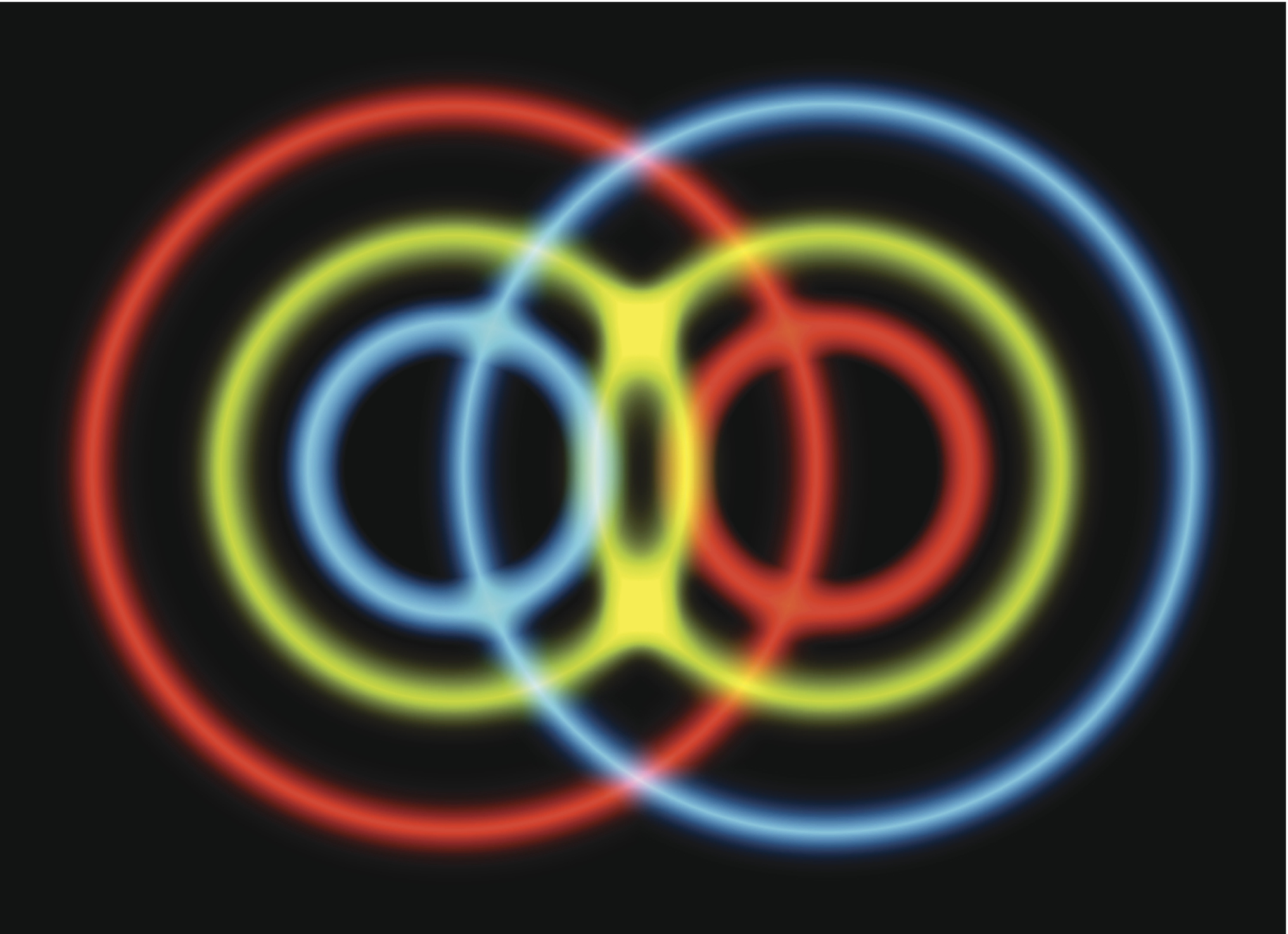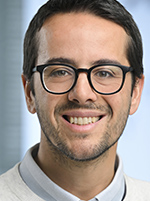Fast Quantum Entanglement
The increasing ability of generating quantum states of light has led in the last 20 years to an impetuous development in the field of quantum information. In the first half of the 20th century the fundamental laws of the microscopic realm were discovered, and the quantum mechanical formalism was developed. Now, the so called second quantum revolution is approaching and its importance is highlighted by the recent huge investment of the European Commission in the 1-billion-e-Flagship-scale initiative in quantum technology.
Entanglement is arguably the most important resource in this paradigmatic transformation, being a very powerful, yet also bizarre, quantum effect. Consider for example a two-particle entangled state and to measure the state of one particle. What happens is that the state of the second particle is determined instantaneously as a consequence of the measurement on the first particle, no matter the distance between the 2 particles. Einstein used to refer to it as: “Spooky action at a distance”. Nowadays, generating high quality and at high-rate entanglement has been proven to be pivotal for many applications, in particular for quantum communication and computing.
This is the framework of the FAQT (Fast Quantum Entanglement) project. FAQT is a one-year project which has received funding by the Austrian Research Promotion Agency (FFG), result of an all austrian collaboration between the Center for Digital Safety & Security at the Austrian Institute of Technology (AIT) and the Walther group at the University of Vienna.
FAQT aims to demonstrate a high generation rate entangled photon source using off-the-shelf components. This will push quantum technologies to move from the university and research center laboratories to market applications. In a nutshell, FAQT project will devise a new pump laser set-up, capable of producing a repetition rate of up to about 40 GHz, about 10 times faster than current state-of-the-art implementation. Superconducting single photon detectors will be employed in the detection stage. These detectors, based on the superconducting effect where electrical current can flow without experiencing friction, are best commercially available single-photon detectors at telecom wavelengths, with an efficiency close to 100%.
The whole set-up will be made from commercially available components to facilitate a quick development of a deployment-ready source of photonic entanglement.
Start: 01.12.2021
End: 31.12.2022
Funding: FFG
Partners: Universität Wien, Fakultät für Physik (UNIVIE)




